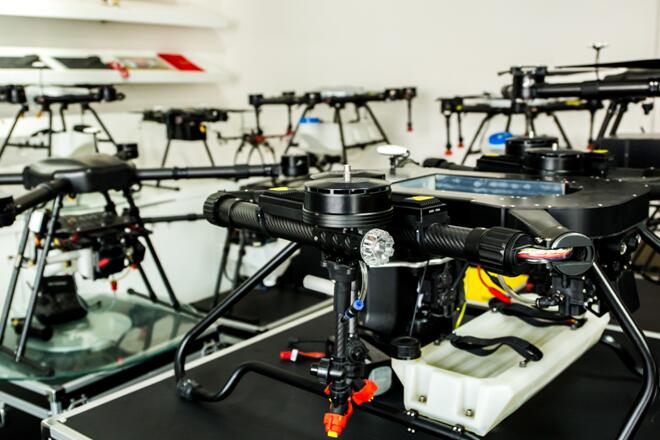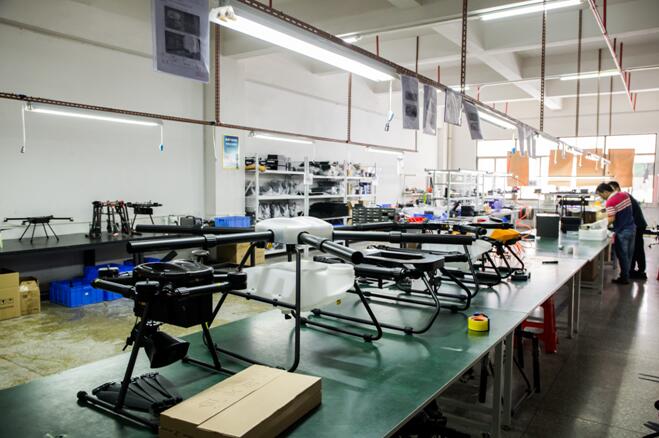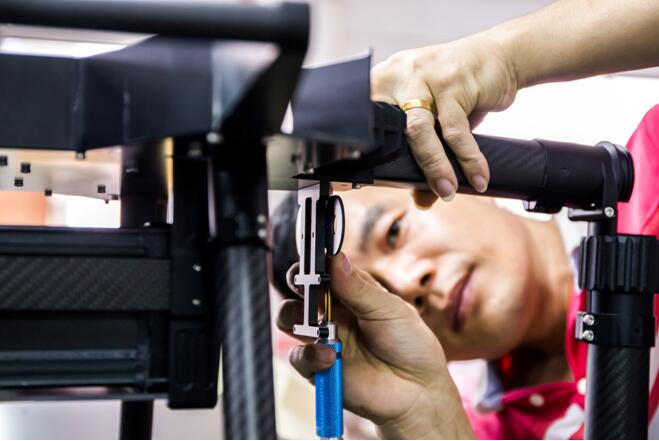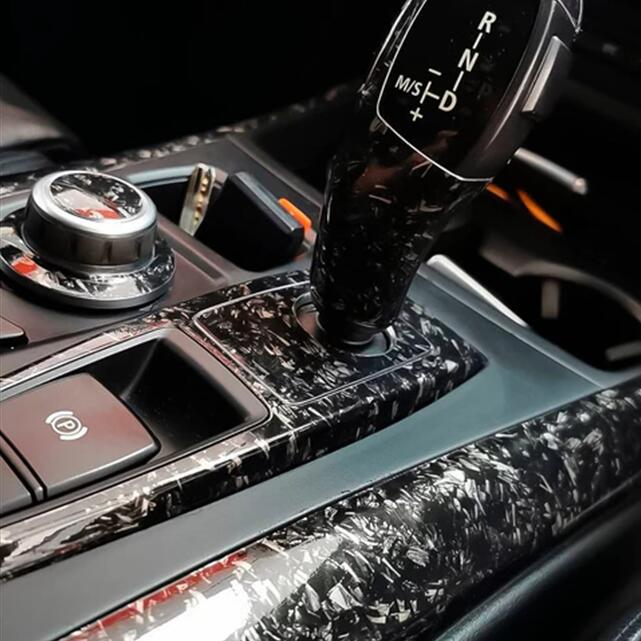The Evolution of Drones and the Integral Role of Carbon Fiber
- May-10-2025
- (133) Views
Drones, or unmanned aerial vehicles (UAVs), have undergone a remarkable evolution in recent years, transforming from niche hobbyist gadgets into indispensable tools across various industries. As their applications expand, so do the technological advancements that drive their development. Among the critical advancements is the use of carbon fiber, a material that has become synonymous with high performance and durability in drone manufacturing. This article explores the development trends of drones and the pivotal role that carbon fiber plays in their progression.

Development Trends in Drone Technology
1. Miniaturization and Portability: Drones are becoming increasingly compact and portable. Advances in microelectronics, battery technology, and material science enable the creation of smaller, lighter drones that do not compromise on performance. This trend is particularly evident in consumer drones, where ease of transport and quick deployment are highly valued.
2. Enhanced Autonomy and AI Integration: The integration of artificial intelligence (AI) and machine learning (ML) has revolutionized drone capabilities. Modern drones can perform complex tasks autonomously, such as precision agriculture, infrastructure inspection, and search and rescue missions. AI-powered obstacle avoidance, real-time data processing, and advanced navigation systems are now standard features.
3. Extended Flight Times and Range: Battery life and energy efficiency are critical areas of focus. Innovations in battery technology, such as the development of lithium-sulfur and solid-state batteries, promise to extend flight times significantly. Coupled with lightweight materials, these advancements allow drones to cover greater distances and operate for longer periods.
4. Enhanced Imaging and Sensing: Drones are equipped with high-resolution cameras, LiDAR, thermal imaging, and multispectral sensors, enabling them to capture detailed data for a variety of applications. These enhancements improve the accuracy of tasks such as mapping, surveillance, and environmental monitoring.
5. Regulatory and Safety Improvements: As drones become more prevalent, regulatory bodies are developing comprehensive frameworks to ensure safe and responsible usage. These regulations include air traffic management systems for drones, mandatory registration, and the development of no-fly zones to protect sensitive areas.

The Role of Carbon Fiber in Drone Development
Carbon fiber has emerged as a cornerstone material in drone manufacturing due to its exceptional properties. It is a composite material made from carbon atoms bonded together in a crystalline structure, which makes it incredibly strong yet lightweight. Here’s how carbon fiber contributes to the advancement of drones:
1. Weight Reduction: One of the most significant advantages of carbon fiber is its low weight. Drones benefit immensely from lighter frames, as reduced weight directly translates to improved flight efficiency, longer flight times, and enhanced maneuverability. This is particularly crucial for drones used in commercial and industrial applications where endurance and precision are paramount.
2. Structural Strength and Durability: Carbon fiber is known for its high tensile strength, meaning it can withstand considerable stress without breaking. This property ensures that drones can endure harsh environmental conditions, including high winds and impacts. The robustness of carbon fiber makes it ideal for drones used in rugged terrains and extreme climates.
3. Thermal Stability: Carbon fiber has excellent thermal stability, which allows drones to operate in a wide range of temperatures without compromising performance. This is especially important for drones used in applications such as firefighting, where they are exposed to high temperatures, or in arctic exploration, where they face extreme cold.
4. Vibration Dampening: Drones often encounter vibrations from their propellers and environmental factors. Carbon fiber’s ability to dampen vibrations helps in maintaining stability and ensuring high-quality data capture, which is critical for aerial photography and surveillance operations.
5. Aesthetic and Aerodynamic Benefits: Beyond functional advantages, carbon fiber also offers aesthetic appeal and aerodynamic benefits. Its sleek, modern look is favored in consumer markets, while its aerodynamic properties enhance flight performance by reducing drag and increasing speed.

Conclusion
The development trend of drones is marked by increasing sophistication, with significant strides in miniaturization, autonomy, flight duration, and imaging capabilities. Carbon fiber plays an integral role in this evolution, offering unmatched benefits that enhance the performance, durability, and efficiency of drones. As technology continues to advance, the synergy between drone innovation and materials science, exemplified by the use of carbon fiber, will drive the next generation of UAVs, enabling them to tackle even more complex and demanding tasks across diverse industries.
 English
English





